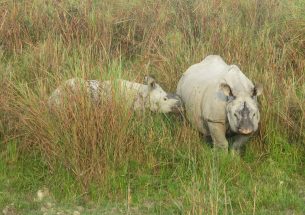News and Opinion

Conservation detection dogs sniff out rare curlew nests
READ MORE about Conservation detection dogs sniff out rare curlew nests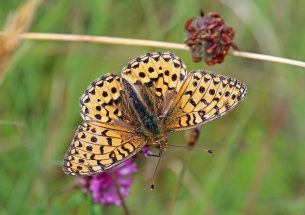
Climate change causing 60% of plants and insects to fall out of synch
READ MORE about Climate change causing 60% of plants and insects to fall out of synch
BES2023 registration and abstract submissions now open
READ MORE about BES2023 registration and abstract submissions now open
How to plan an Annual Meeting workshop: 5 tips for success
READ MORE about How to plan an Annual Meeting workshop: 5 tips for success
BES2023 plenary speakers announced
READ MORE about BES2023 plenary speakers announced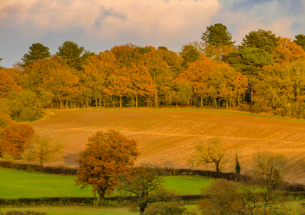
Paying farmers to create woodland and wetland is the most cost-effective way to hit UK environment targets, study suggests
READ MORE about Paying farmers to create woodland and wetland is the most cost-effective way to hit UK environment targets, study suggests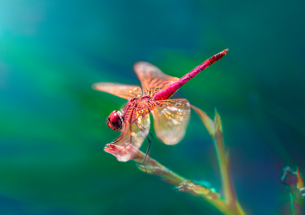
Research reveals which animals perceive time the fastest
READ MORE about Research reveals which animals perceive time the fastest
City allotments match farming productivity per square metre
READ MORE about City allotments match farming productivity per square metre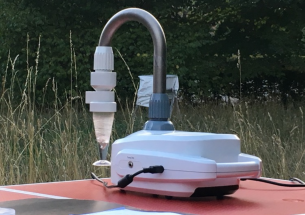
The sky’s the limit: Using airborne DNA to monitor insect biodiversity
READ MORE about The sky’s the limit: Using airborne DNA to monitor insect biodiversity
Indigenous communities hold a huge and unique source of ecological knowledge
READ MORE about Indigenous communities hold a huge and unique source of ecological knowledge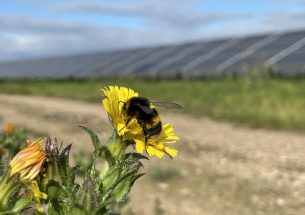
Solar parks could boost bumble bee numbers in a win-win for nature
READ MORE about Solar parks could boost bumble bee numbers in a win-win for nature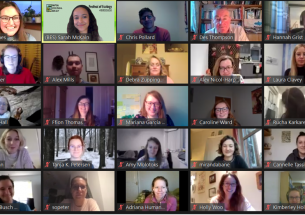
SPG Workshop at the Festival of Ecology 2020
READ MORE about SPG Workshop at the Festival of Ecology 2020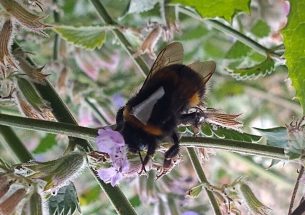
Researchers make ‘high vis vests’ to help monitor bee behaviour
READ MORE about Researchers make ‘high vis vests’ to help monitor bee behaviour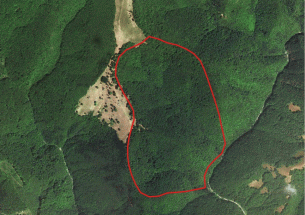
How scientists are using declassified military intelligence photographs to analyse historical ecological change
READ MORE about How scientists are using declassified military intelligence photographs to analyse historical ecological change